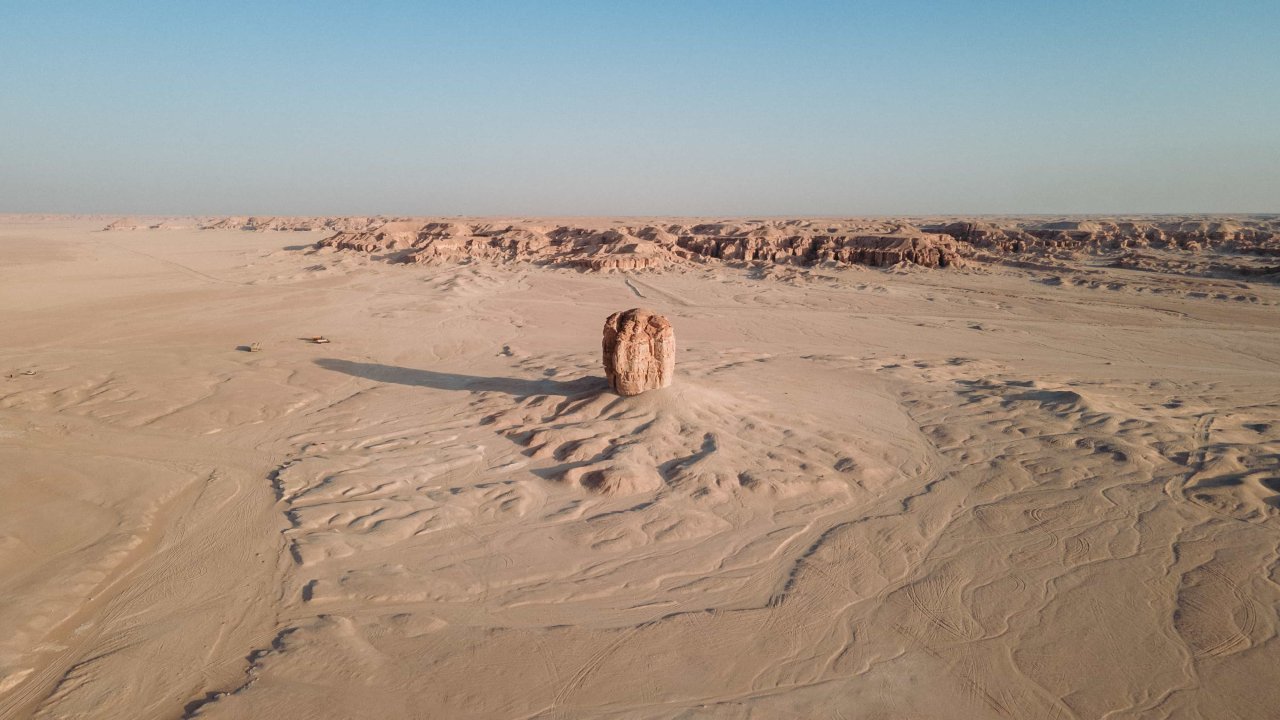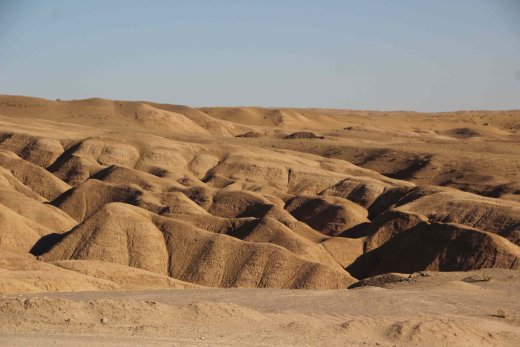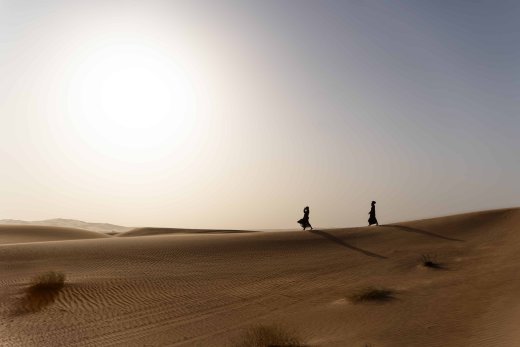
How The Fossil Dunes Of Abu Dhabi Are Used To Study Climate Change
The Abu Dhabi fossil dunes are located in the middle of Abu Dhabi’s desert landscape. These wind-carved rock formations are more than just natural art. These dunes are windows into the Earth’s past.
A scientist is now studying the Abu Dhabi fossil dunes to understand better how Earth’s climate has changed over time. These ancient structures hold secrets about weather patterns, moisture levels, and environmental shifts that happened thousands of years ago.
In this blog, we will explore how the fossil dunes of Abu Dhabi are used to study climate change. So let's dive in to learn more.
Why Do Fossil Dunes Matter In Climate Research?
Fossil dunes may look like a scenic desert feature, but scientists have found them to be a valuable record of ancient weather conditions. Each ripple, curve, and layer of sand that has turned to stone tells a story about wind direction, rainfall, and temperature during a time long before humans existed.
The studies of these formations help researchers to gather information about the environment of the Abu Dhabi desert that has evolved over thousands of years. Since these changes are linked to climate cycles, the Abu Dhabi fossil dunes helped build a better understanding of climate change on a broader scale.
Scientific Methods Are Used To Study The Fossil Dunes
Scientists use several research methodologies to study the dunes' natural records. These scientific techniques unlock the secrets hidden inside the dunes.
- Sediment Analysis: This method involves the study of layers of sand and minerals to understand how they are formed.
- Isotope testing: This testing method helps scientists learn about temperature and moisture levels from the past.
- Carbon dating: This scientific method is also used to estimate the age of formation, which in some cases can go back tens of thousands of years.
The scientific tools allow researchers to turn what looks like solid rock into valuable climate data and help them to track how the climate has changed over time.
Key Findings From The Fossil Dunes
Scientists have already uncovered some fascinating insights about the fossils. For example, they have found evidence of wetter periods in what is now a desert. This shows that Abu Dhabi's climate hasn't always been the same, and it has gone through natural changes over thousands of years.
These findings help scientists to understand how desert landscapes form and evolve. Moreover, they also help in examining how global warming might impact fossil dunes today. Even slight changes in moisture and wind direction, recorded in fossil dunes, provide valuable insights into long-term climate change.
Implications For Global Climate Change
The information gathered from these fossil dunes is being used to improve global climate models. Understanding past climate changes helps researchers to understand how today's warming trend might affect dry regions around the world. This includes major global concerns and issues like desertification, loss of vegetation, and shifts in weather patterns.
Conservation And Public Awareness
The fossil dunes are scientifically important and a protected natural heritage site in Abu Dhabi. The UAE government has taken steps to conserve this landscape by creating the AL Wathba Fossil Dunes Protected Area. This helps keep them safe from damage and raises awareness about their values.
Public education also plays a big role. Schools, universities, and even tourists are encouraged to learn about the Abu Dhabi fossil dunes and their link to climate change. By connecting people with nature and science, these efforts encourage and inspire a deeper understanding of the changing world.
Visiting Fossil Dunes
The AI Wathba Fossil Dunes Park is open to visitors and offers walking trails, information boards, and stunning views of these ancient structures. Science enthusiasts and nature lovers find fossil tunes both beautiful and educational.
During your visit, you will witness the fascinating shapes carved by wind and time and understand how something as still as stone can speak so much about climate change. If you are planning your trip to Abu Dhabi, then don't miss the fossil dunes, an unforgettable destination with a story to tell.
Conclusion
Abu Dhabi fossil dunes are more than just hot desert formations. Fossil researchers and scientists consider them as natural archives, preserving records of how the Earth's climate has changed over thousands of years. Each dune, from sediment layers to moisture traces, holds vital information that can guide future climate studies.
As scientists continue to study these ancient tunes, their findings are helping us to understand global climate change better and explore its long-term effects. In a world where climate concerns are growing, fossil dunes remind us that the answers to upcoming challenges may lie hidden in the sands of yesterday.
Next time you are in Abu Dhabi, plan your journey with Visitors Destination and explore the Abu Dhabi fossil dunes, where nature and science come together to offer an unforgettable experience.
Frequently Asked Questions
1. Why are scientists interested in fossil dunes?
Scientists studied the Abu Dhabi fossil dunes because they preserve signs of past climate conditions, such as wind direction, humidity, and temperature. This helps in understanding long-term climate change patterns.
2. How can the study of fossil dunes help in understanding the past climate?
Fossil dunes can provide information about past temperature, precipitation, and other climate factors.
3. What are the methods of fossil dune formation?
The method commonly includes a combination of other methods, including planting local varieties of trees, bushes, and grasses, artificial barriers to slow the speed of the wind, irrigation, excluding access to dunes, and the use of soil stabilisation chemicals.
4. Which process is responsible for fossil dunes?
The wind is responsible for the formation of fossil dunes. Wind erosion is known as aeolian erosion and occurs almost always in deserts.












